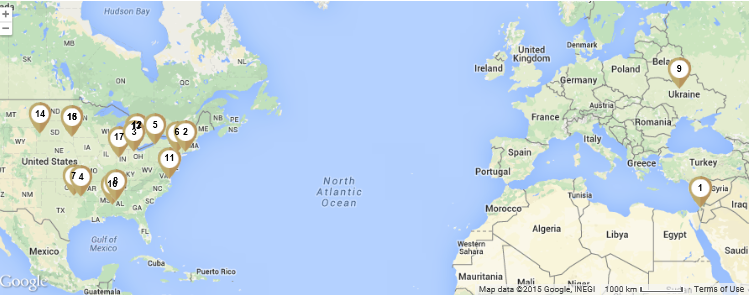October
October 2018 News Brief
Announcing the 2019 International Virtual Science Symposium! Informational Webinar 25 October

GLOBE is pleased to host the 2019 GLOBE International Virtual Science Symposium (IVSS). The IVSS is a way for primary through undergraduate students from all GLOBE countries to showcase their hard work. With GLOBE, students learn the practices of science through hands-on investigations in their own communities, sparking their curiosity and interest in science. This often leads to inquiries that help solve real-world problems and further understanding of our global environment. Now it's time for your students to show the world what they've learned!
IVSS Informational Webinar: Dr. Julie Malmberg from the GLOBE Implementation Office (GIO) will host an informational webinar about the 2019 IVSS at 10:00 a.m. MT/12:00 p.m. ET/4:00 p.m. GMT on Thursday, 25 October 2018. (A recording will be available after the webinar.) Click here on 25 October to join the webinar.
Timeline:
- Informational Webinar: 25 October 2018; 10:00 a.m. MT/12:00 p.m. ET/4:00 p.m.
- Reports Accepted: 01 January 2019 to 10 April 2019
- Due Date for Student Reports: 10 April 2019
- Judging Webinar: 25 April 2019 (More information will be sent to judges in 2019)
- Judging Period: 26 April to 05 May 2019
- Feedback and Virtual Badges Shared: 17 May 2019
- Drawing for Stipends: 17 May 2019
For more information on the IVSS, click here!
News
Help Make a Better World Land Map with NASA GLOBE Observer App New “Land Cover: Adopt A Pixel” Project
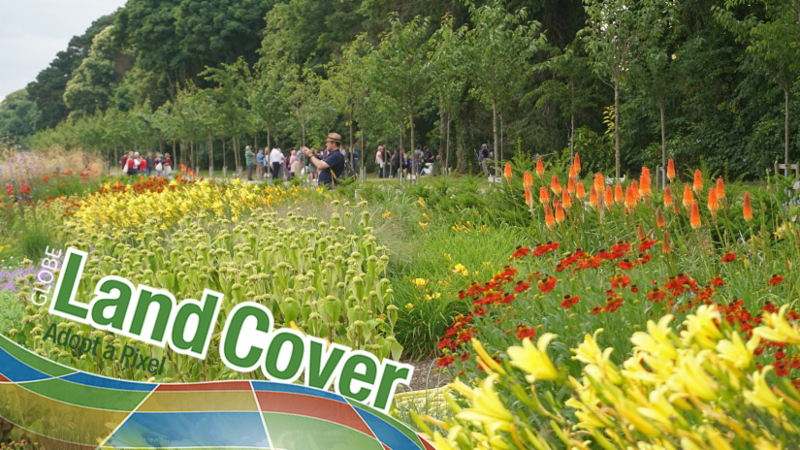
Starting this month, you can be part of a project to create more detailed satellite-based global maps of land cover by sharing photos of the world around you in a new NASA citizen science project. The project is a part of GLOBE Observer, an extension of GLOBE’s citizen science program that lets you contribute meaningful data to NASA and the science community.
The GLOBE Observer App, introduced in 2016, includes a new “Land Cover: Adopt a Pixel” module that enables citizen scientists to photograph the landscape with their smartphones, identify the kinds of land cover they see (trees, grass, etc.), and then match their observations to satellite data. Users can also share their knowledge of the land and how it has changed. “Adopt a Pixel” is designed to fill in details of the landscape that are too small for global land-mapping satellites to see.
The free GLOBE Observer App is available from Google Play or the App Store. Simply download the app, register, and then open the Land Cover module – an interactive tutorial will teach you how to make land cover observations. (Note: only participants from GLOBE countries can enter data through the app.)
For more information, click here!
GLOBE Urban Heat Island Effect/Surface Temperature Field Campaign Begins Again 01 October – Your Observations Are Invaluable!
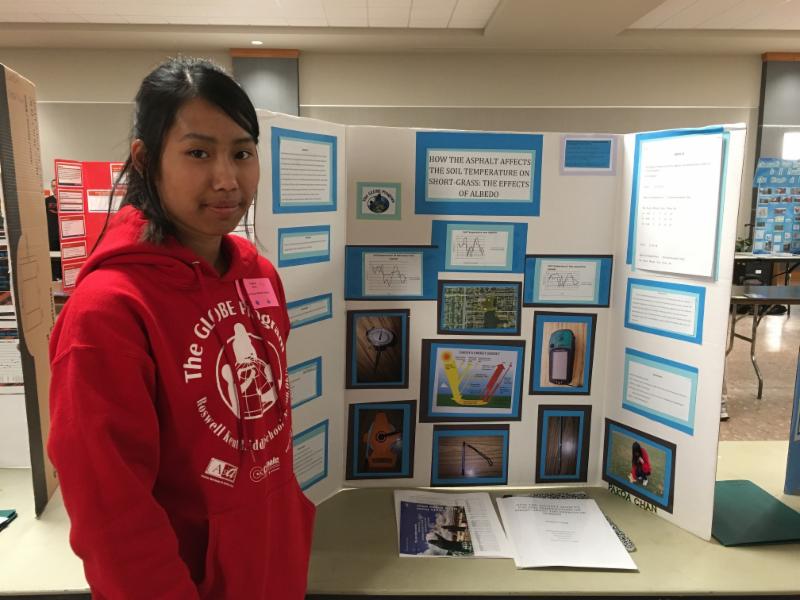
The Urban Heat Island Effect – Surface Temperature Field Campaign will begin again on 01 October and will run through 31 October. Your observations and continued participation is invaluable to this scientific endeavor.
The campaign is focused on examining the impact urbanization has on the Earth’s surface temperature and how the surface temperature changes the dynamics of the Earth’s atmosphere. The campaign is now studying these impacts in seasons: October, December, and March. The main research question that needs to be answered is "How does surface cover affect surface temperature?" The campaign encourages participating students to set up research studies at their schools.
It is time once again to collect observations of surface temperature, clouds and snow – and add to the extensive data set that students and scientists, including Dr. Kevin Czajkowski (“Dr. C” at the University of Toledo), can use to study the urban heat island effect. More schools are now taking surface temperature observations; therefore, students can investigate how surface temperature changes between schools. There are many research questions possible with surface temperature! The surface temperature measurements contribute data: 1) not normally collected by weather agencies, 2) for climate studies, and 3) for ground-truthing satellite data.
To learn more about the campaign, including how to get started, what data to collect and when, and advice from Dr. C, click here.
Join Upcoming Trees Around the GLOBE Campaign Webinar on 23 October: “Collect Earth: Live from Oregon USA with Researcher Peder Nelson”

On Tuesday, 23 October, the Trees Around the GLOBE Student Research Campaign webinar “Collect Earth: Live from Oregon USA with Researcher Peder Nelson,” will be held at 2:00 p.m. EDT (6:00 p.m. UTC). During this webinar, Peder Nelson will introduce and detail the “Collect Earth” online tool. This tool is designed so that users can analyze high and very high-resolution satellite imagery for different purposes, including land cover, land use, and forest mapping. Peder will also discuss why we need ground-based photos, including clouds and land cover, via the GLOBE Observer App. A Collect Earth connection to wildlife (mosquitoes) will also be highlighted. (Prior to the webinar, it is recommended that all participants visit the Collect Earth Website.)
- To register for the webinar, and to receive emails about future webinars, click here.
- All the webinars can be joined at https://zoom.us/j/7578241037.
- Also, if you missed the kick-off webinar on 25 September, click here.
The Trees Around the GLOBE campaign is working in conjunction with NASA’s ICESat-2 (Ice, Cloud, and Land Elevation Satellite). ICESat-2 will use lasers and a very precise detection instrument to measure the elevation of Earth’s surface. By timing how long it takes laser beams to travel from the satellite to Earth and back, scientists can calculate the height of glaciers, sea ice, forests, lakes and more – including the changing ice sheets of Greenland and Antarctica. The satellite will also measure heights across Earth's temperate and tropical regions, and take stock of the vegetation in forests worldwide.
The campaign will be focusing on one exciting variable that the ICESat-2 satellite will measure: tree height. The campaign will create an organized community of students who take tree height measurements; compare these measurements to established NASA programs; research tree height data from other GLOBE schools and countries; and take supplemental protocol measurements like Green Up/Green Down and Land Cover Classification. Participants will be able to compare their tree height data to the tree height data from ICESat-2. In addition, scientists from the ICESat-2 mission will periodically review the tree height data. This data will allow scientists to use it as satellite data validation and in potential professional research.
To learn more about the NASA ICESat-2 satellite mission, click here.
To learn more about the Trees Around the GLOBE campaign, including the GLOBE protocols, click here.
GLOBE Teachers: Join the “Local Lake Challenge” Visit a Local Lake and Collect Hydrology Data 02-08 October – Then Compare Data with the Worldwide GLOBE Community
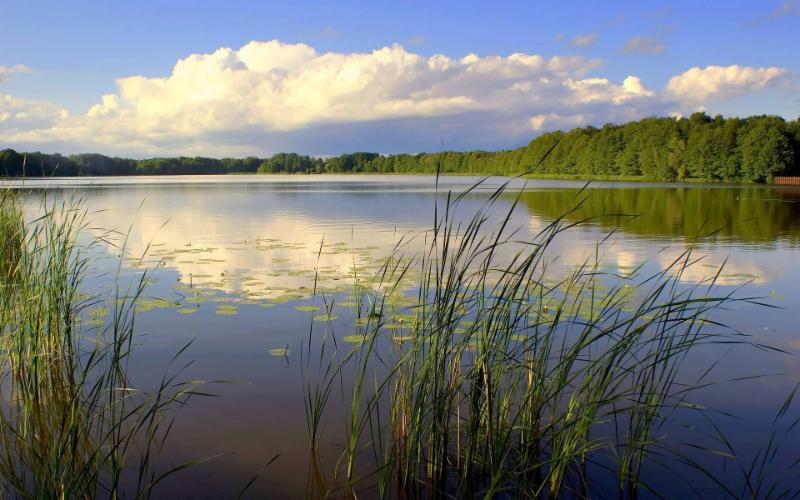
GLOBE Teachers: GLOBE would like to invite you and your students to participate in the “Local Lake Challenge,” an international hydrology data-collection event that will take place from 02-08 October. In conjunction with the GLOBE expedition to Lake Victoria in Africa and Pokhara Lake in Nepal, you can take your students on a scientific journey to a lake in your area, collect data, and then enter the data into the GLOBE website – for eventual comparison with similar data taken around the world. The measurements to be taken at the lake are:
- water temperature
- pH
- transparency
- dissolved oxygen (DO)
- cloud observations
- Mosquito Habitat Mapper (GLOBE Observer App)
You can collect data in all of the areas listed above, or pick a select few. Through virtual meetings and penpal exchanges, students can interact with collaborators and scientists to compare and analyze the data collected. The data can also be also used in 2019 GLOBE IVSS or U.S. Student Research Symposia (SRS) projects.
GLOBE U.S. Teachers: If you are a GLOBE teacher in the United States, and you are interested in participating in the project from 02-08 October, please register here.
GLOBE Regional Teachers: If you are a teacher in a GLOBE region, please inform your Country Coordinator that you are ready to participate in the Local Lake Challenge – so they can send you additional information.
Brazil, Argentina, and Paraguay Collaborate on “Triple Frontier” –A Three-Country GLOBE Zika Education and Prevention Project Training

In August, Zika virus mitigation efforts extended across international borders as Brazil, Argentina, and Paraguay held a joint “Triple Frontier” Country Mosquito Training (CMT) in support of the GLOBE Zika Education and Prevention project.
The project, funded by the U.S. Department of State, enlists citizen scientists in 22 Zika-affected countries in the collection of data on mosquitoes for a global mapping project. Data is being collected using the Mosquito Habitat Mapper, a protocol within the GLOBE Observer App. Over the course of this project and beyond, mosquito breeding site and larvae identification data submitted to the app will be used by public health officials and engaged citizens to prevent future outbreaks and to educate people about the Zika virus and other mosquito-borne infectious diseases.
For the Triple Frontier CMT, 63 participants (7 from Argentina, 14 from Brazil, and 42 from Paraguay) traveled to Ciudad del Este, a city in Paraguay that borders Argentina and Brazil. The Regional Coordination Office for the Latin America and Caribbean Region worked with Country Coordinators of the three participating countries to orchestrate this successful event.
By organizing internationally on the Triple Frontier CMT, participants were able to identify areas at the highest risk for Zika transmission and were able to work collaboratively with representatives from neighboring countries in order to mitigate the risk of the Zika virus in the region.
To learn more about this critical project, click here
Tech Update

As a result of requests from community members, and with input from Working Group members, GIO and Science Systems and Applications, Inc. (SSAI) are rolling out a number of enhancements to the GLOBE website to help you find the information you need more quickly and easily. Four new “Sphere” pages have been created: Atmosphere, Biosphere, Pedosphere, and Hydrosphere. Each page organizes all of the GLOBE information associated with that sphere onto one convenient page. In other words, all protocols, training material, blogs, campaigns, discussion boards, and other relevant items are brought together for each sphere on the one page
In addition to these new sphere pages, the navigation is also changing slightly to help you find information. A convenient third-level, the drop-down menu has been added so that you can quickly see content under each section of the site. Items have also been consolidated to simplify the menu. For example, the “Community” tab has a “People” section that will link you to communities that support different GLOBE “People” (partners, GISN, Working Groups, trainers, alumni, etc.). The “Join GLOBE” area has evolved into a new “Get Started” tab, which has information for potential new members from different groups (teachers, GLOBE Observers, STEM professionals, etc.) on the benefits of joining GLOBE.
GIO and SSAI hope that these changes will help you find information more quickly on the site, and help you take advantage of all of GLOBE resources and community.
If you have any questions, please contact the Community Support Team at help@globe.gov
Article Highlights Alaska GLOBE Students Research Contributions – And Passion for Preservation – at 2018 GLE in Ireland
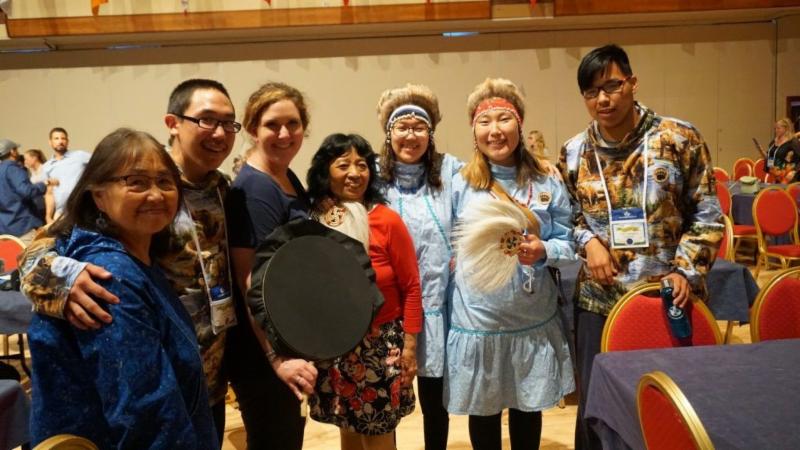
A recent article, “Alaska students share real-life climate change experiences at international event,” written by Heather McFarland and published by the International Arctic Research Center – University of Alaska Fairbanks, highlights the experience of Alaska high school seniors who presented research at the GLOBE Learning Expedition (GLE) in Killarney, Ireland, in July 2018.
As a result of their participation in the Arctic and Earth SIGNs “Climate Change and My Community” course, the students (Amber Alexie, Janna Pavilla, Jessie Nicholas, and Tristan Chimegalrea, from Ket’acik Aapalluk Memorial School in the Yupik community of Kwethluk, Alaska) conducted climate change science and developed stewardship projects in their communities. At the 2018 GLE, the students shared their research and their story of reclaiming their future. “A future where climate change impacts everyday life,” the article states.
Using GLOBE protocols, knowledge from local elders, and their investigative skills, the students focused their research on erosion along the banks of the Kwethluk River. “They found that soil moisture, vegetation, and boat anchoring played a role. Now they are petitioning their community to act,” McFarland states in the article. “In Ireland, the team took a unique approach to sharing their climate change experience while combating loss of indigenous heritage. They wrote, choreographed, and performed a Yupik dance.”
The article explains that the student’s journey to the GLE was about more than just sharing science and their cultural heritage. It was an opportunity for them to experience the world. “It was a lot of firsts,” Alaska GLOBE director and expedition mentor, Elena Sparrow of the International Arctic Research Center at the University of Alaska Fairbanks, said in the article. “It was so good to see these young people so invested in life, and learning and experiencing science, and not being shy about it.”
To read the full article, and learn more about this intrepid group and their research, click here.
U.S. Partners/Country Coordinators: Updated Video Tutorials for Creating and Managing Workshops

U.S. Partners and Country Coordinators: GLOBE website tutorials have been updated to include a new six-part workshop video training course. These newly updated videos provide multiple tips and will help you learn the most effective and efficient ways to use the workshop tool for hosting GLOBE training workshops.
To get started, visit the “Managing Workshops” page on the GLOBE website, by clicking here. The training is divided into six parts:
- Part 1: Verify your Account and Launch the Workshop Administration Tool
- Part 2: Create a Workshop
- Part 3: Search for a Workshop
- Part 4: Manage a Workshop and Pre-Workshop Actions
- Part 5: Post-Workshop Actions
- Part 6: Search for People or Schools Trained Under Your Organization
To learn how to enable subtitles, and how to translate them into your preferred language, check out the following tutorial: How to Translate Subtitles on a YouTube video.
U.S. GLOBE Teachers: Monthly Watercooler Meet-ups – How Do You Use GLOBE in Your Classroom?

New this year! U.S. GLOBE teacher watercooler meet-ups! Join the U.S. GLOBE Professional Learning Community (PLC) and share how you use GLOBE with your students during a virtual teacher watercooler meet-up.
Watercoolers are a casual, collaborative, and supportive environment. They are scheduled once a month throughout the academic year.
Sign up here to share your story with other GLOBE teachers in a 20-minute slot!
GLOBE Middle School Teachers: New Satellites and Weather Teaching Box Resource Is Now Available

A new University Corporation for Atmospheric Research (UCAR) Center for Science Education (SciEd) Satellites and Weather Teaching Box is now available!
UCAR teaching boxes combine hands-on learning activities, science content, and additional resources that can be used as educational tools. They are collections of classroom-ready and standards-aligned activities, content, and multimedia that build student understanding of science, technology, engineering, and math. All materials are freely available online.
This new collection of educational resources is designed to help middle school students learn how satellites “see” the atmosphere and how they help with weather forecasting. When there's a hurricane offshore, somewhere in the middle of the Atlantic, how do we know about it and where it’s heading? Researchers use satellites to monitor the weather worldwide.
For more information, and to access this resource, click here.
Earth Science Week: 14-20 October 2018 Check Out GLOBE Activity in Online Toolkit

This year, Earth Science Week (ESW) 2018 will be held from 14-20 October. Since October 1998, the American Geosciences Institute (AGI) has organized this national and international event to help the public gain a better understanding and appreciation for the Earth sciences and to encourage stewardship of the Earth. This year's ESW will celebrate the theme "Earth as Inspiration." The event will emphasize artistic expression as a unique, powerful opportunity for geoscience education and understanding in the 21st century.
ESW 2018 learning resources and activities will engage young people and others in exploring the relationship between the arts and the Earth systems. The theme is designed to promote public understanding and stewardship of the planet, especially in terms of the ways art relates to geoscience principles and issues as diverse as energy, climate change, the environment, natural disasters, technology, industry, agriculture, recreation, and the economy.
This year, the ESW Online Toolkit offers GLOBE’s “Odyssey of the Eyes,” learning activity! In this activity, students are encouraged to think creatively to become familiar with spatial concepts of location, distance, direction, and scale – and are introduced to various scales of remotely sensed data. Students can create a 3-D model of an area and develop a classification system for the landforms in the model, then create a map using their eyes as remote sensors to view the model from a variety of heights and perspectives.
To check out the ESW Toolkit, click here.
For more information on ESW, click here.
Opportunities for U.S. Teachers
U.S. opportunities are often highlighted in the News Brief simply because we are more aware of them through our local media; however, if there are opportunities for GLOBE students and/or teachers in your region you would like us to highlight in the coming months, please send the information to communications@globe.gov.
NASA STEM Educator Webinars
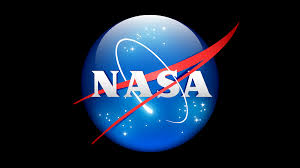
Anniversaries

Congratulations to the 10 GLOBE countries celebrating anniversaries of successful GLOBE implementation during the month of October:
Bangladesh – 18 years
04 October 2000
Colombia – 20 years
28 October 1998
Jordan – 22 years
31 October 1996
Lithuania – 16 years
03 October 2002
Luxembourg – 22 years
10 October 1996
Marshall Islands – 22 years
17 October 1996
Namibia – 21 years
08 October 1997
Paraguay – 18 years
27 October 2000
Portugal – 22 years
23 October 1996
Serbia and Montenegro – 16 years
17 October 2002
News Brief Archive
All past issues of the GLOBE News Brief are available in the online Archive.

Connect With Us
The GLOBE Program depends on you to let us know what is happening in your regions, countries, communities, and classrooms. Send us news you would like to share with the GLOBE Community and we'll include it in next month's News Brief. Be sure to include photos, too.
Send your message to communications@globe.gov
Be sure to follow us on social media! Just click on the icons below.







